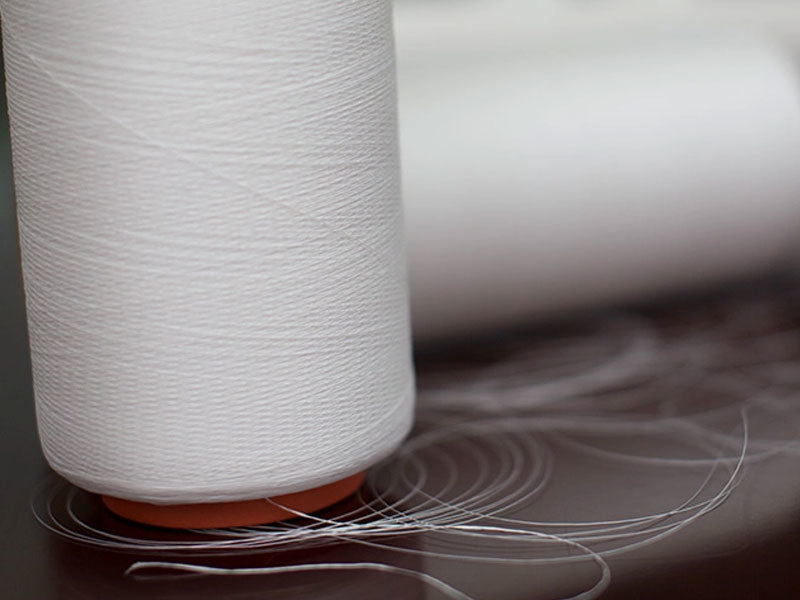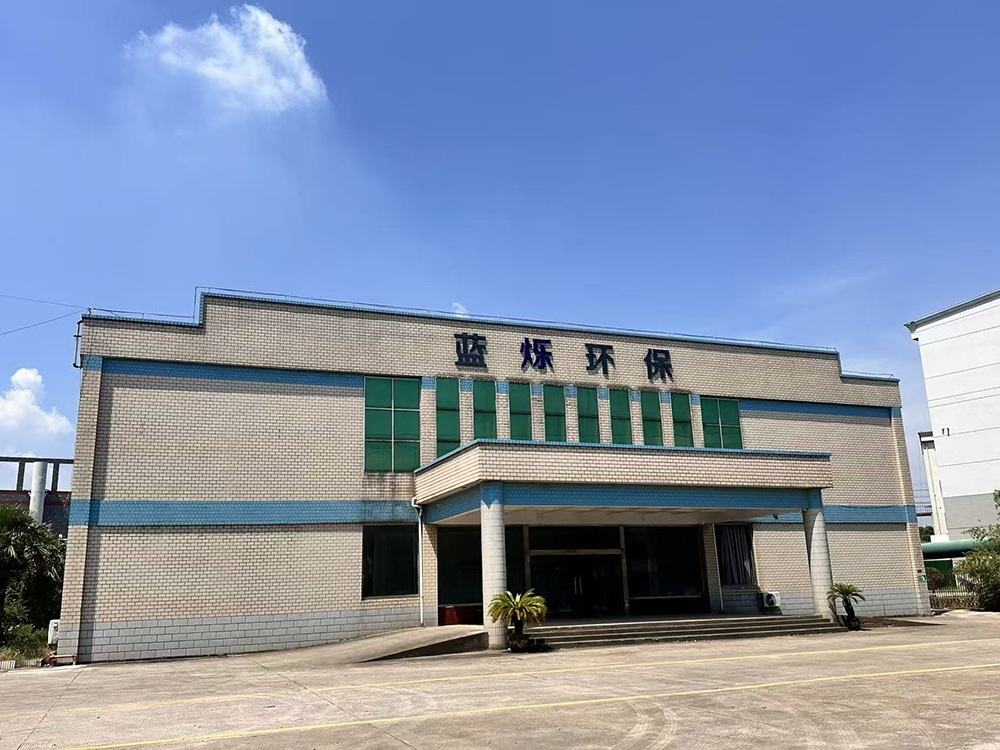China's "Membrane Technology" Tackles Water Scarcity Challenges
2020-03-20
Walking through the saline-alkali land by the Bohai Sea, one sees endless desolation. Without clean water, nothing can be grown. But now, a thin filtration membrane has solved the critical issue of water scarcity.
In the major national project on water pollution control and treatment during the 12th Five-Year Plan, the research team for "Industrialization of PVDF Membrane Components and Equipment for Drinking Water Treatment," supported by the Ministry of Housing and Urban-Rural Development, has established over 30 membrane-based water plants across regions spanning the Yangtze River, Yellow River, Huaihe River, and Haihe River basins. These plants collectively filter nearly one million tons of clean water every day.
Membrane filtration: safe and efficient
In mid-August, a reporter visited the water distribution and supply center project in Tianjin's Nangang Industrial Zone. The industrial zone is built on saline-alkali land, where the surface is covered with gleaming white salt—and even deep wells yield no freshwater. Spanning nearly 100,000 square meters, the water distribution center produces 50,000 tons of tap water daily, serving as the sole source of water for the entire Nangang Industrial Zone. Tianjin Membrane Technology Co., Ltd. provided the core technology for the plant: advanced ultrafiltration membrane purification equipment.
The reporter here witnessed the entire process of tap water production. The raw water for the plant comes from the Luan River, where reservoir water is pumped into a pressurized system and transported via a polyester main pipeline. After coagulants are added to the raw water, numerous flocs begin to form as the water flows through a winding path dotted with dozens of grid-like structures. These flocs then settle into inclined plate sedimentation tanks, where they are removed. Only after this step does the water enter the "ultrafiltration system," coming into close contact with the membrane.
The so-called membrane is made up of countless "membrane filaments" running in parallel. Each filament is a tube about 1.8 meters long, as thick as Lanzhou-style hand-pulled noodles—measuring 0.7 millimeters in inner diameter and 1.2 millimeters in outer diameter. Though the surface appears smooth at first glance, it's actually densely covered with tiny nanoscale pores. Water flows across the outer surface of the filaments, seeping through these microscopic holes into the membrane itself, while particles and microorganisms of various sizes are effectively trapped and blocked.
Over a hundred membrane filaments are bundled together to form a single ultrafiltration membrane module. At the Namgang Water Treatment Plant, there are 1,200 such modules. After raw water is pressurized and fed into the membrane modules, crystal-clear, filtered water continuously flows out—clean, drinkable water ready for consumption. Meanwhile, bacteria, algae, colloids, and tiny particulate matter are effectively blocked outside the membrane.
Dirty particles can accumulate on the membrane, impairing its performance, so the membrane needs to be cleaned daily. The most common method is backwashing: clean water is forced from inside the membrane fibers outward, flushing away the accumulated dirt. Compressed air can also be introduced to further enhance the backwashing effect. After cleaning, the wastewater is discharged through the membrane module's drain port. At specific intervals, chemical cleaning is required to restore the membrane's filtration capacity. With proper maintenance, the membrane can last well over six years.
The water-transmission project managed by Tianjin Membrane Technology Co. has been officially operational since May 2013; once Phase II is completed, its water supply capacity will double. The ultrafiltration membrane system is both stable and highly efficient, with operating costs of less than 15 cents per ton of water. Additionally, the unit production cost remains below 300 yuan per ton. Previously focused on wastewater treatment, Tianjin Membrane Technology has successfully expanded into the drinking-water market—with support from the national water program—and has become a standout success story within this initiative. Their technology has already been applied in over ten projects, including the 80,000-ton-per-day water plant in Tai'an, Shandong’s Sanhe Project.
Membrane manufacturing: Domestic brands step up their efforts
The water-related special project on the industrialization of drinking water, which began funding in 2011, addressed the issues of unstable performance and weak competitiveness inherent in domestically produced ultrafiltration membranes at the time. The project focused on conducting key research into the large-scale production of membrane separation equipment, aiming to develop a series of cost-effective, high-performance, modular ultrafiltration membrane systems. This initiative sought to ensure the widespread adoption of ultrafiltration technology in urban water plants and rural drinking water systems, while simultaneously enhancing the competitive edge of domestic membrane manufacturers. The project was led by Tianjin Membrane Technology Co., Ltd., with Shandong Zhaojin Membrane Technology Co., Ltd. and Suzhou Mhwa Membrane Technology Co., Ltd. serving as sub-project implementing units.
At Shandong Zhaojin Membrane Technology Co., Ltd., the reporter witnessed the membrane production process: polymer raw materials are drawn out from a spinning machine as long, slender tubes, which then solidify into membrane filaments within a liquid bath. Around a hundred of these filaments are manually bundled together on a "cutting board," before being carefully immersed in a specially formulated liquid—gradually transforming from off-white to ivory white.
The membrane is made from the polymer material PVDF (polyvinylidene fluoride). When viewed under a scanning electron microscope, its cross-section reveals a dense network of tiny pores, with an average pore size of less than 0.03 micrometers—roughly one-third the width of a human hair. It was only after "popular science" explanation by Yang Min, an expert from the Chinese Academy of Sciences, that the reporter finally understood: the manufacturing process involves mixing a "pore-forming agent" into the PVDF to create long, tubular filaments. These filaments are then immersed in a solvent that dissolves the pore-forming agent, leaving behind a porous, web-like structure reminiscent of frozen tofu. Notably, each company’s formulation of the pore-forming agent—and even their specific processing techniques—varies slightly from one another.
Previous entry:
Recommended News







